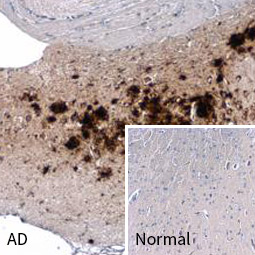| Category |
Cat. No. |
Product Name |
Reactivity |
Applications |
Validation |
| Microglia |
GTX100042 |
Iba1 antibody |
Hu, Ms, Rat |
WB, ICC/IF, IHC-P, IHC-Fr, FACS, IHC |
  |
| GTX134087 |
TMEM119 antibody |
Ms |
IHC-P, IHC-Fr |
|
| Astrocytes |
GTX108711 |
GFAP antibody |
Hu, Ms, Rat |
WB, ICC/IF, IHC-P, IHC-Fr, IHC |
  |
| GTX109121 |
Glutamine synthetase antibody |
Hu, Ms, Rat |
WB, ICC/IF, IHC-P, IHC-Fr, IP |
   |
| GTX129573 |
S100 beta antibody |
Hu, Ms, Rat, Squirrel |
WB, ICC/IF, IHC-P, IHC-Fr |
  |
| GTX133151 |
Aquaporin 4 antibody |
Ms, Rat |
WB, ICC/IF, IHC-P, IHC-Fr |
 |
| Inflammation cytokines |
GTX110520 |
TNF alpha antibody |
Hu, Ms, Rat |
WB, ICC/IF, IHC-P |
   |
| GTX110527 |
IL6 antibody |
Hu, Ms |
WB, IHC-P, IHC-Fr |
    |
| GTX74034 |
IL1 beta antibody |
Hu, Ms, Rat |
WB, ICC/IF, IHC-P, IHC-Fr, ELISA, Functional Assay, IHC |
  |
| Neurodegeneration |
GTX134510 |
beta Amyloid (1-42) antibody – Conformation Specific |
Hu, Ms |
IHC-P, Dot, ELISA |
 |
| GTX57211 |
SOD1 (mutant) antibody [MS785] |
Hu |
WB, ICC/IF, IP, ELISA, IHC |
 |
| Mitochondria |
GTX111010 |
FIS1 antibody |
Hu, Ms, Rat |
WB, ICC/IF, IHC-P |
  |
| GTX114330 |
COX4 antibody |
Hu, Ms, Rat |
WB, ICC/IF, IHC-P, IHC-Fr |
  |
| GTX133756 |
TOMM20 antibody |
Hu, Ms, Rat |
WB, IHC-P |
  |
|

![]()
![]()
![]()
![]()
![]()
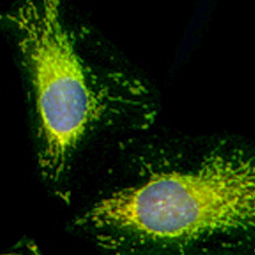
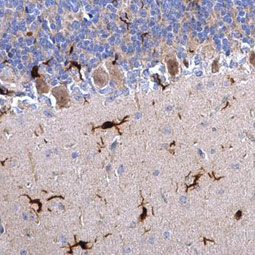
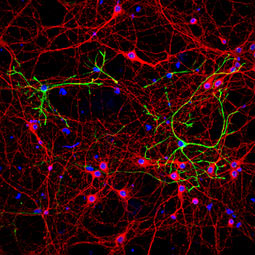
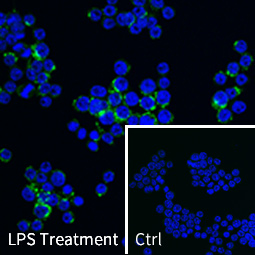
![SOD1 (mutant) antibody [MS785] (GTX57211) SOD1 (mutant) antibody [MS785] (GTX57211)](/upload/media/MarketingMaterial/Newsletter/neurodegeneration/img_GTX57211.jpg)
